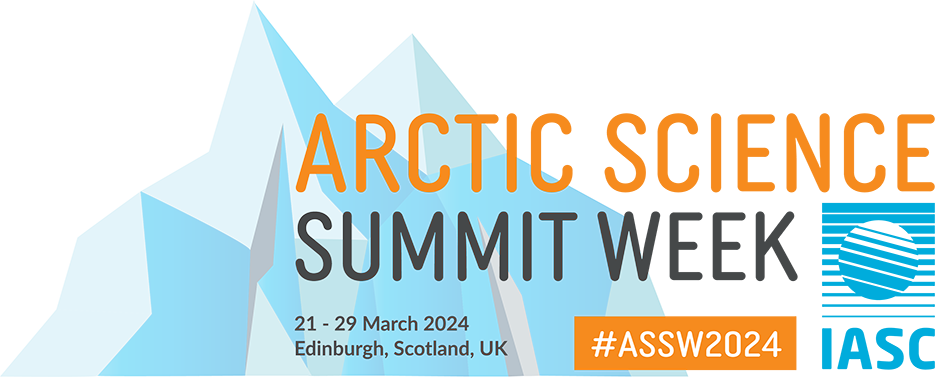
25 March 2024 | 13:30 - 17:00 (UK)
Open Session - HYBRID
Room: Holyrood (JMCC)
Organiser: Steve Arnold (University of Leeds, United KingdomK), Kathy Law (LATMOS, Paris, France), Gijs de Boer (CU Boulder, United States)
Event Description:
The Arctic troposphere is subject to a wide range of local and remote sources of trace gases and aerosol, which can affect local Arctic air quality, contribute to Arctic climate change, and be detrimental to sensitive Arctic ecosystems. Despite the remote Arctic location, efficient transport from lower latitudes leads to enhancements in trace constituents throughout the depth of the Arctic troposphere. Near the surface, development of local sources from urbanisation, power generation, resource extraction, and shipping is leading to increasing contributions to Arctic trace gas and aerosol pollution. Weak vertical mixing and specific atmospheric transport pathways from lower latitude source regions leads to characteristic source region sensitivities at different heights in the Arctic profile. Seasonality in transport pathway efficiency, wet deposition processes, and sources including wildfires, all lead to strong seasonal variability in source contributions. These source sensitivities are critical to understand, since they determine the sensitivity of Arctic climate forcing to changes in lower latitude emissions. Despite these complex Arctic profile sensitivities and rapid changes in both Arctic and lower latitude emissions, observational information on trace gas and aerosol profiles in the Arctic is severely limited, and is mainly based on legacy campaign data and remote sensing data with poor vertical resolution. Regular in-situ sampling of tropospheric profiles is not currently available anywhere in the Arctic. This severely limits our ability to address large model uncertainties in the transport and transformation of pollutants en route to the Arctic troposphere, changes in source contributions over time, and the fate of pollutants once transported into the Arctic troposphere.
In this session we aim to bring together modelling and measurement researchers, engineers, Arctic agencies, local stakeholders and practitioners, to explore the possibility of developing and establishing a framework to undertake regular in-situ vertical sampling of atmospheric trace constituents in the Arctic troposphere. The workshop will discuss key research questions and model uncertainties that could be addressed with a new programme of regular profile sampling, and explore potential methodologies and challenges in developing a new in-situ measurement programme of different scales. The session is intended to gauge community interest and build momentum for a regular measurement programme to be developed in time to be operational for the next International Polar Year (IPY) 2032-33.